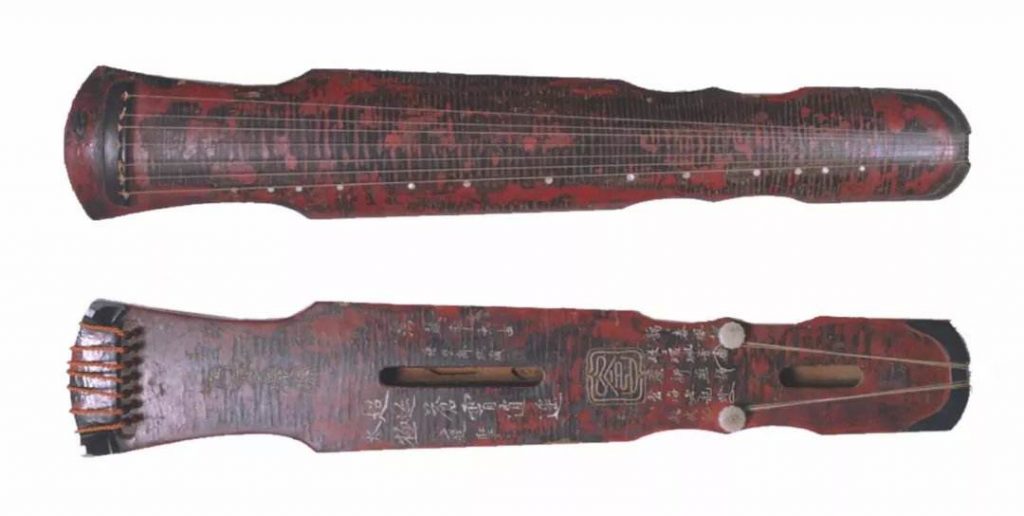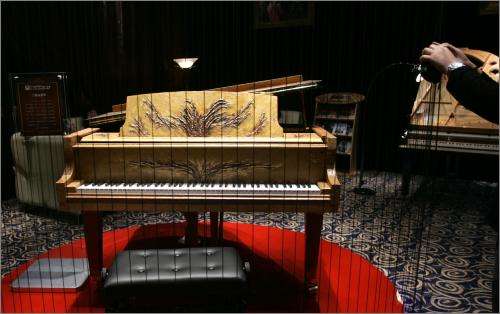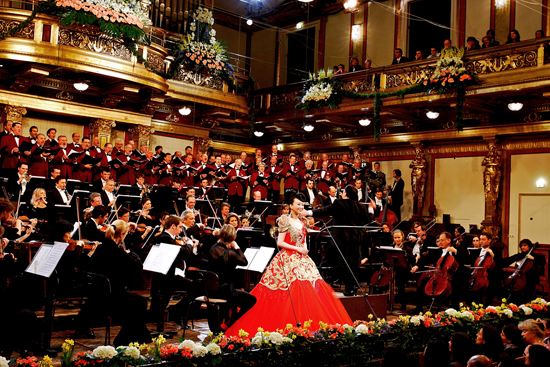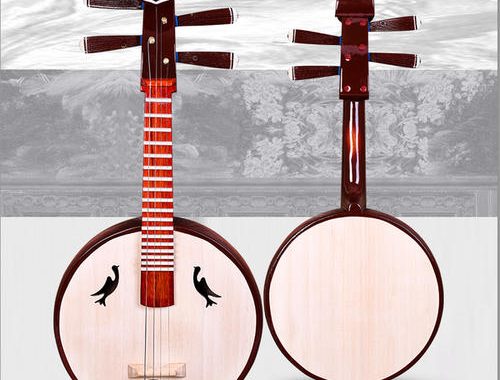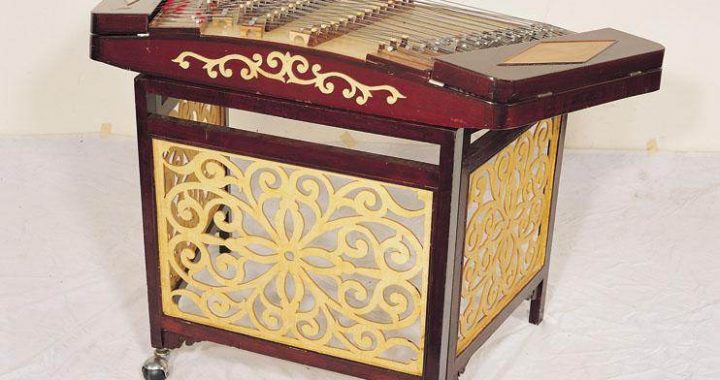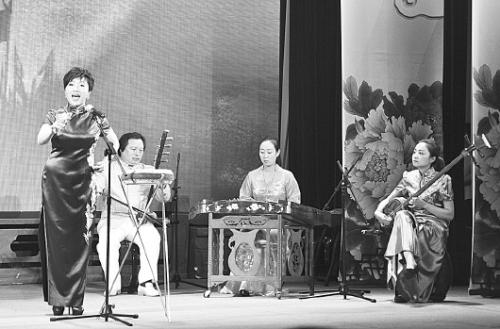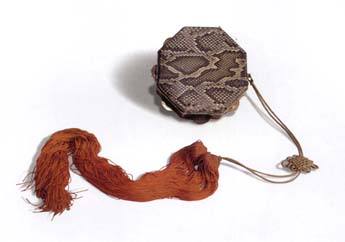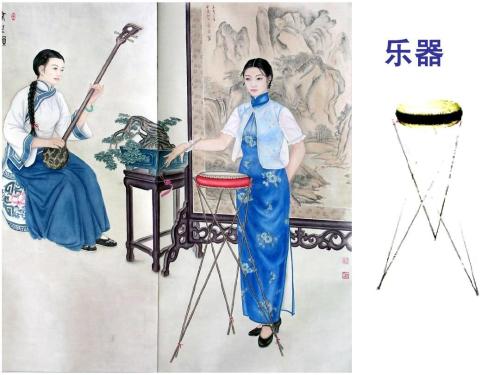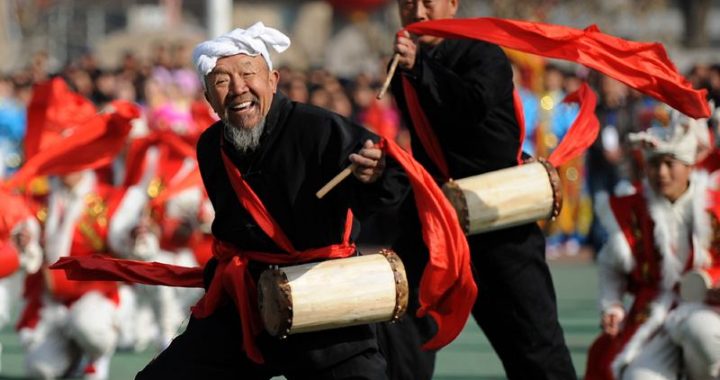Jiuxiao Huanpei Qin
2 min readfrom the collection of the Palace Museum, Beijing The qin is China’s oldest plucked string instrument. Throughout Chinese history, members of the educated upper classes have been renowned for their proficiency on the qin. Famous qin players include Spring and Autumn Period philosopher Kongzi (Confucius) (5 51-479 BC), the great Tang Dynasty poets Li Bai (701-762 AD) and BaiJuyi (7 72-846 AD), and Song Dynasty Emperor Huizong (reigned 1 100-1125 AD). As a favorite of China’s rulers, the qin came to occupy an important position in Chinese society, with playing techniques and instrument construction reaching a peak during the Sui-Tang period. The qin is rectangu-lar in shape, with seven strings. Thirteen dots are inlaid along the outer edge, indicating fret positions. The base of the instrument is perforated with two sound holes, known as “dragon pool” and “phoenix pond.”
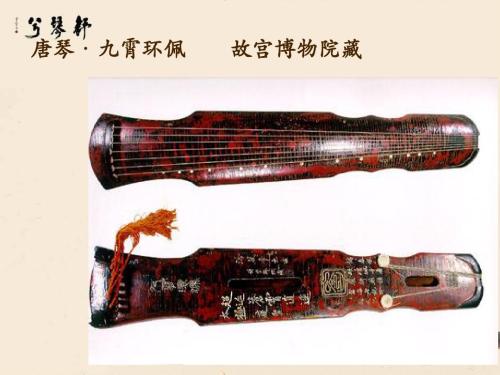
Common types of qin include Fu Xi style and Zhong Ni style, named after historical figures. Some ancient qin show crackling patterns in their lacquer finish, improving the sound of the instrument and increas-ing its value. The ancient qin has a profound and elegant tone. It is played on a table using a number of techniques, the left hand controlling the pitch by pressing the strings and the right hand plucking. The Lei Clan of western Sichuan were famous qin makers during the Tang Dynasty. A number of their instruments have survived to the present day. One of these is the incomparable Jiuxiao Huanpei Qin (nine clouds jade pendant qin), presently in the collection of the Palace Museum in Beijing. This instrument was the mas-terwork of clan member Lei Wei (dates of birth and death unknown). It is said that Lei Wei was guided in the construction of this qin by a celestial being, who directed him to trek deep into the mountains during snowstorms to listen to the wind roaring through the trees. In this way, he learned to distinguish the best materials to use for making his instruments.
